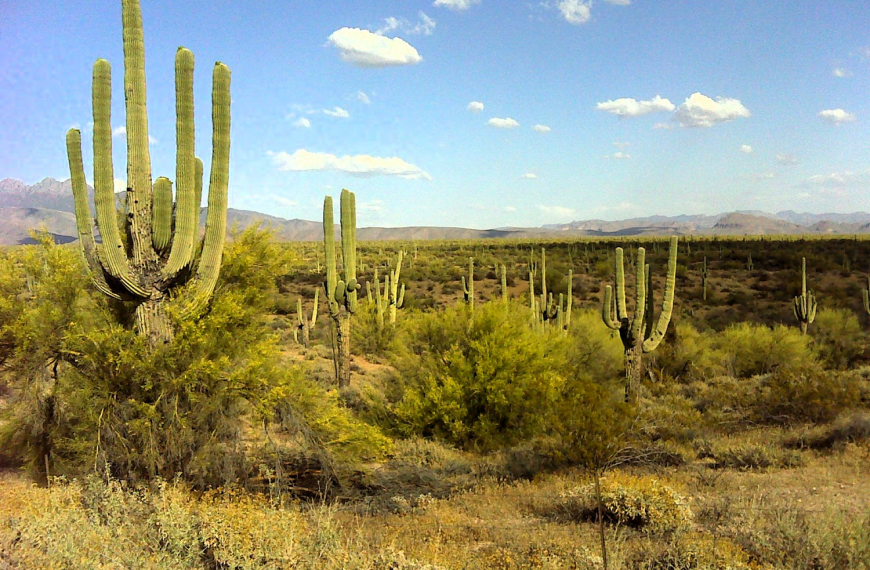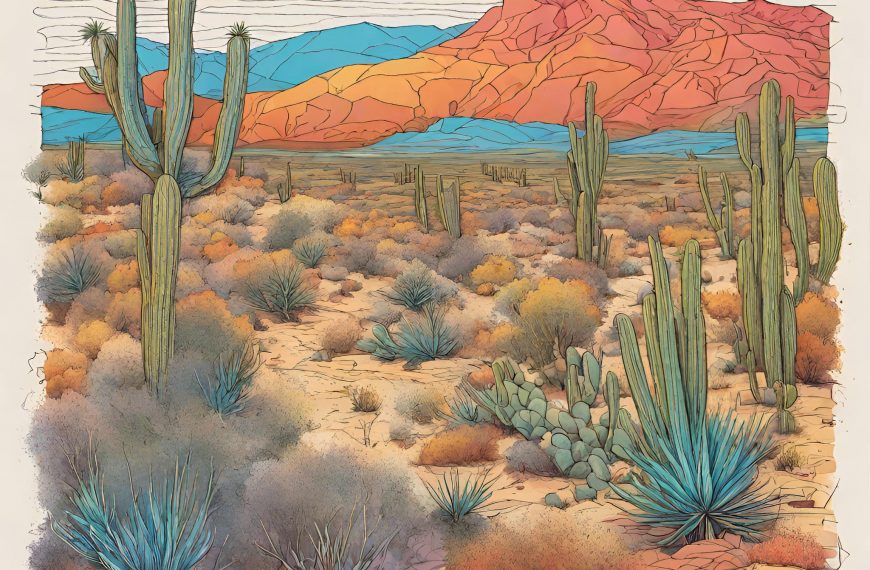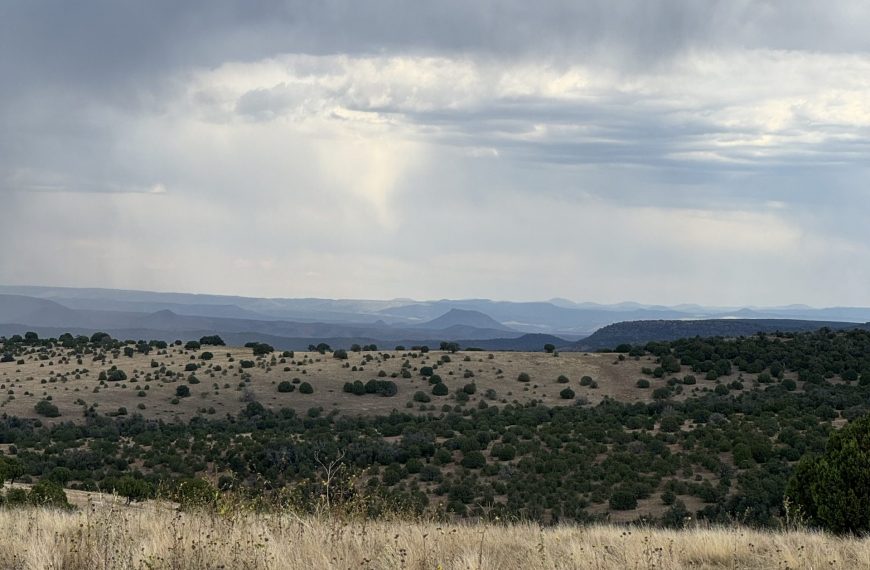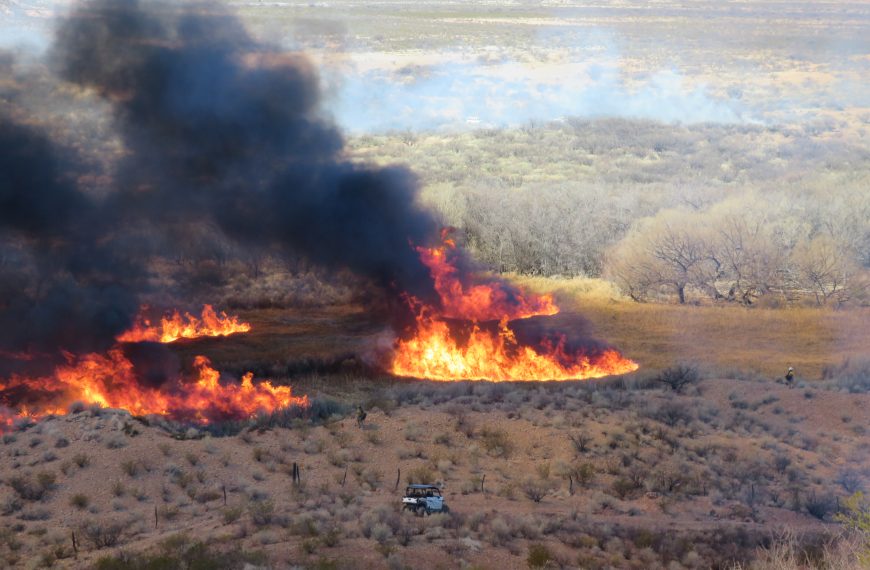Presenter: Jose Iniguez (USFS RMRS)
Top-down regional climate patterns result in high spatial fire synchrony among Southwest forests. At landscape scales, however bottom-up (topography) patterns are also important in determining fire history and tree age structure variability. The distinct fire histories from these two study areas provided natural age structure experiments that indicated tree age cohorts occurred during periods of reduced fire frequencies. In some instances these periods were likely caused by climatic variability creating synchronous age cohorts across the region. At other times, extended fire intervals were a function of local topography. Overall, these studies demonstrated that landscape and climatic variations combine to produce complex spatial and temporal variations in fire history and tree age structures.
- Iniguez et al. 2009. Spatially and temporally variable fire regime Rincon Peak, Arizona, US.
- Iniguez et al. 2008. Topography affected landscape fire history patterns in southern Arizona, USA.
- Watch and listen to a powerpoint recording of the webinar.






